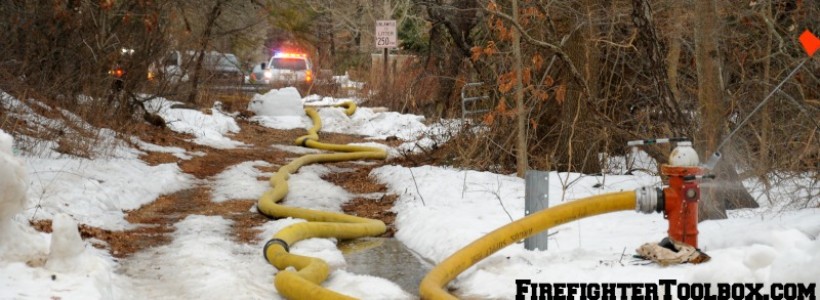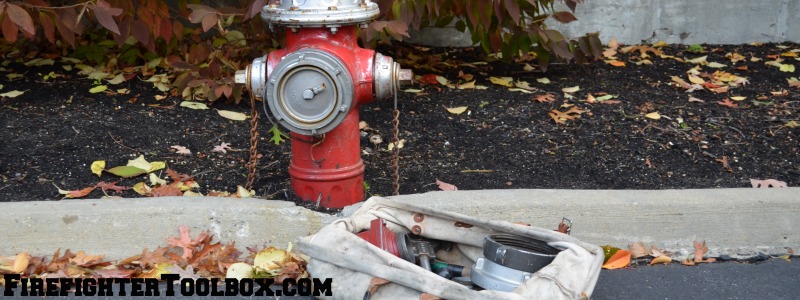Fundamentals of Hydrant Procedures – Part 1
Water supply is an important consideration for an incident commander as well as the engine company officer and chauffeur. Since establishing a water supply is needed in almost every fire operation a well-trained firefighter should be able to make a hydrant connection blind folded. Hydrants and connections may be different in your area, however they all allow the fire department to establish a positive water source to their apparatus.
Hydrants come in many different shapes and sizes and are many times painted different colors. You should know what the color’s mean in your area. The particular color of a hydrant may tell you the size of the water main that it is connected thus giving you a good idea as to how much water (gallons per minute) that you will be able to flow out of that hydrant. It may also tell you (in the case of different water companies in one area) whose hydrant it is. This can be important if communication with a water company is needed during a fire so they may increase the pressure in that area or you need to have the water company come out to make a repair.
Assign Hydrant Firefighter
Establishing a positive water source in a hydrant district begins with assigning a firefighter to take care of the hydrant connection. This should be done well in advance to avoid confusion once on scene as to who is going to complete the task. It can be assigned to an individual riding in a particular seat, written as an SOP or given to a certain engine company position on the apparatus.
Once it is determined that a water supply will be established the rig should pull just past the hydrant. This will ensure sufficient hose can clear the engine and make it to the hydrant. If the apparatus is stopped before the hydrant the rig itself poses itself as a potential obstacle. The firefighter assigned to make the hydrant connection can exit the apparatus and will need to complete the following steps…
Step 1 – Bring Hydrant Bag –
a hydrant bag is a handy tool that will store all the items needed to establish a hydrant connection in one easy to carry unit. It should be store in an easy to access area. Some of the items that make up a well stocked hydrant bag are…
-Hydrant Wrench
-LDH Storz Adaptor
-Cheater Bar-in case you run into a stuck hydrant cap.
-Gated Wye-if your procedures include using one.
-Spare Hydrant Cap-you can procure these under certain circumstances
and they come in very handy when you run into missing caps.
-Rubber Mallet
-Flares-if your hydrant cap is stuck sometimes a little heat helps a lot.
-Any adaptors you may need in your district.
-Pliers-you should not place your hand inside a hydrant to remove any
possible debris. If it is large grab it with a pair of pliers.
In part two of this article we will continue on with the steps necessary to ensure a positive water supply.








